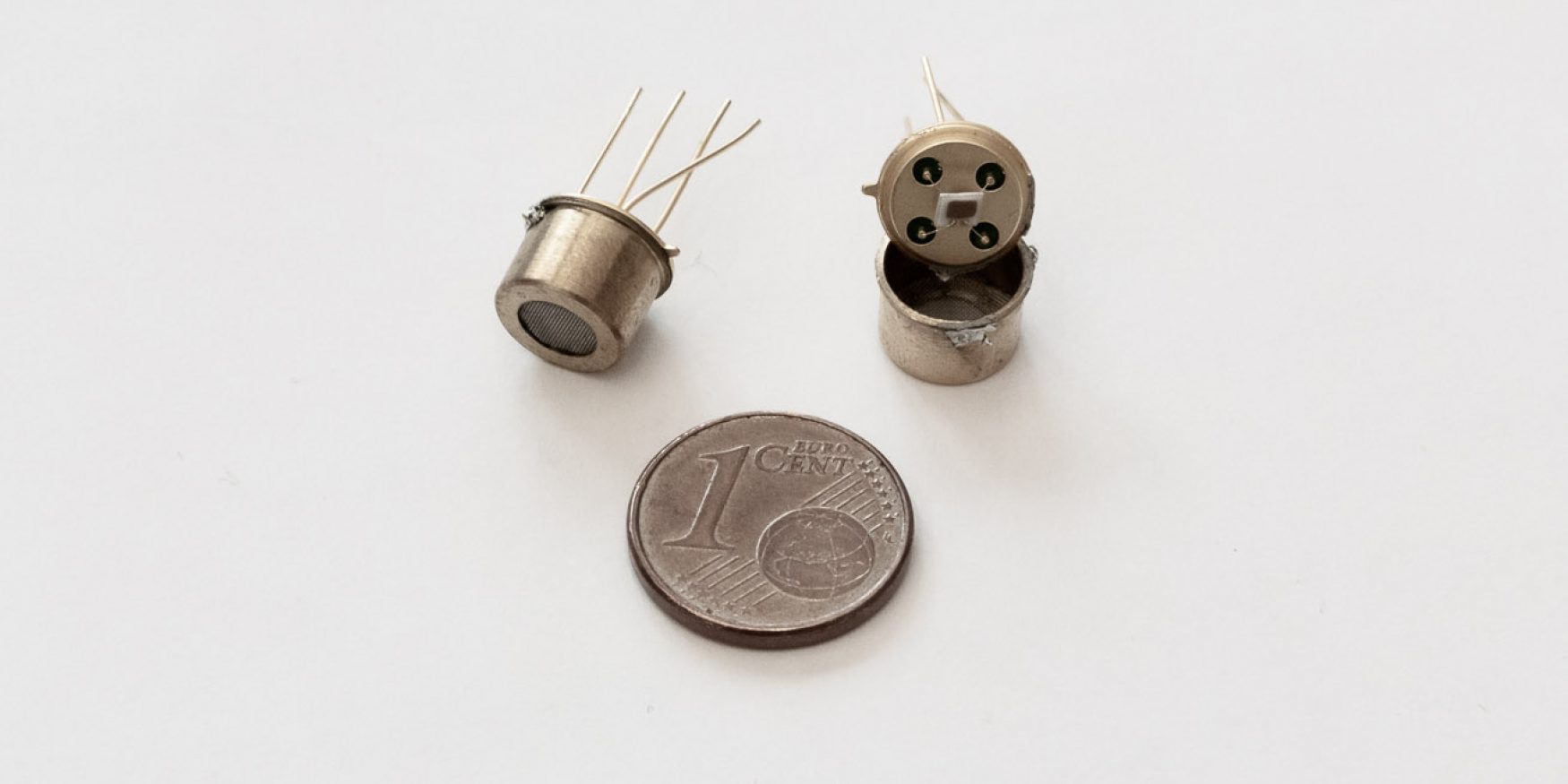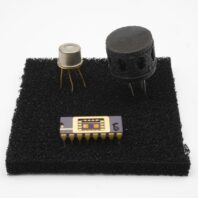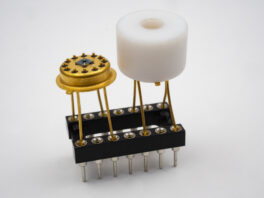(Bio)sensors
Materia Nova, in collaboration with UMONS, has been developing two types of sensors for more than twenty years:
1°) resistive sensors based on organic or inorganic semiconductors, in thick or thin layers, for the detection of atmospheric pollutants NOx, O3, H2, CO, NH3, VOC, etc.
2°) optical sensors for the measurement of environmental and bacterial parameters:
- Optical sensors for the quantification of oxygen, pH, CO2 and other cell culture parameters.
- Development of new generations of (bio)sensors and (bio)chips for the measurement of environmental and bacterial parameters (Early detection of diseases on agricultural plants, control of the impact of biological control agents micro-organisms and/or biocide molecules used in the composition of biopesticides). We are working on microorganism and biofilm detection technology using different technologies, such as FT-IR for the detection of microorganisms on contaminated surfaces, microfluidics and optical technology for the detection of agricultural pathogens and Molecularly Imprinted Polymers (MIPs) for the quantification of proteins and polysaccharides. A combination of these technologies allows the detection and quantification of bacteria.
- Optimization of sensors according to environmental issues: anti-(bio)fouling surface for sensors in waste water, the marine environment and the environment.
- Fiber optic-based sensors for the detection of H2, NO2, biomolecules,...


